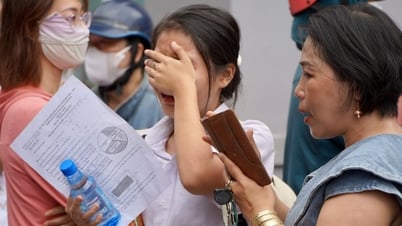Accordingly, seasonal flu is an acute respiratory infection caused by circulating influenza virus strains (A/H1N1; A/H3N2; B). The disease is transmitted through the respiratory tract, mainly through respiratory droplets or through contact with surfaces contaminated with the virus.
The disease is usually mild but can also progress to severe, potentially life-threatening conditions. Groups at risk of severe progression include pregnant women, the elderly (>65 years old), young children, people with underlying diseases, and people with immunodeficiency.
The disease occurs year round but often increases in winter and spring. There is a vaccine to prevent the disease.
This guide details common and severe manifestations of the disease.
Specifically, common clinical manifestations:
- The incubation period is usually from 1 to 4 days.
- Onset is often sudden with fever, chills, headache, muscle pain, fatigue.
- Dry cough, sore throat, stuffy or runny nose.
- Children may experience symptoms of nausea, vomiting, or diarrhea.
- Symptoms may be atypical in adults > 65 years of age.
- Most people with seasonal flu only have a fever for 3 to 5 days, the cough may last longer and then go away on its own. However, some people can develop severe flu.
Some severe symptoms of the disease
- Symptoms of pneumonia: Chest pain and difficulty breathing gradually increase. There may be signs of rapidly progressing acute respiratory failure, even shock and multiple organ failure if not detected and treated promptly.
- Exacerbations of chronic diseases (such as COPD, asthma, heart failure): Patients with underlying diseases when infected with the flu, in addition to flu symptoms, may show severe progression of the patient's underlying disease.
In addition, the guidance adds information on oseltamivir (antiviral) dosing for children and infants, adding the antiviral Baloxavir marboxil as a single dose, based on weight.
At the same time, people with mild flu are treated as outpatients, and antiviral drugs are only used for patients with risk factors for severe progression.
Supportive treatments include:
- Use pain relievers and fever reducers (do not use pain relievers containing Aspirin because using Aspirin in people with flu can lead to Reye's syndrome, which is life-threatening).
- Replenish water and electrolytes.
- Ensure nutrition (especially for children and the elderly).
- Consult and monitor to detect signs of severe flu for timely re-examination and hospitalization.
- Antibiotics are not recommended for patients with suspected or confirmed mild influenza.
The new guidelines also add regulations on triage and professional hierarchy when treating influenza, recommending the arrangement of private rooms and strict infection control measures at treatment facilities.
In disease prevention, people with influenza need to limit contact with others, especially high-risk groups, and strictly follow measures to prevent transmission through the respiratory tract.
Source: https://dantri.com.vn/suc-khoe/nhung-dau-hieu-chuyen-nang-cua-benh-cum-20250604102909229.htm




























![[Photo] Nearly 104,000 candidates in Hanoi complete procedures to take the 10th grade entrance exam](https://vphoto.vietnam.vn/thumb/1200x675/vietnam/resource/IMAGE/2025/6/7/7dbf58fd77224eb583ea5c819ebf5a4e)































































![[OCOP REVIEW] Tu Duyen Syrup - The essence of herbs from the mountains and forests of Nhu Thanh](https://vphoto.vietnam.vn/thumb/402x226/vietnam/resource/IMAGE/2025/6/5/58ca32fce4ec44039e444fbfae7e75ec)







Comment (0)